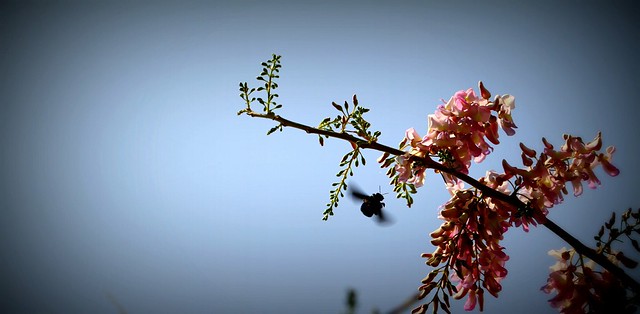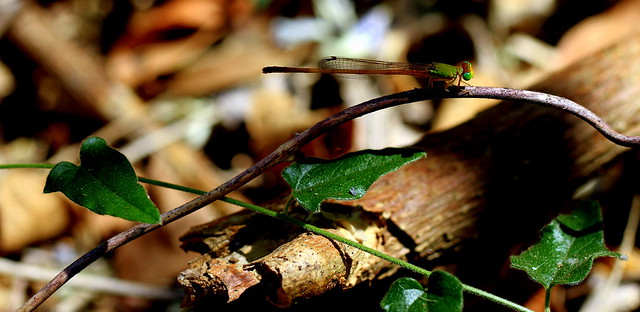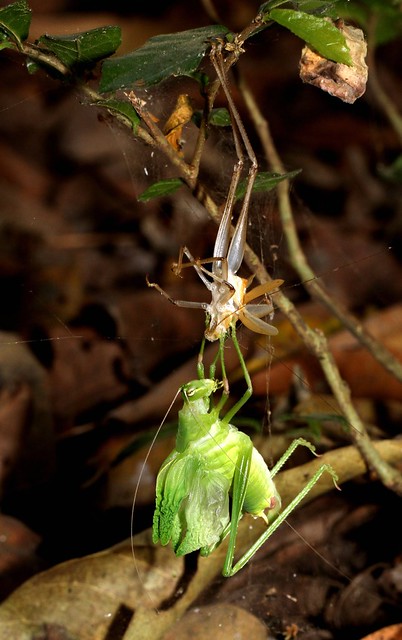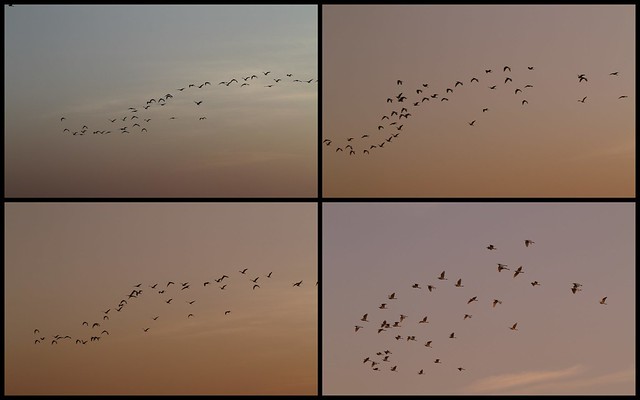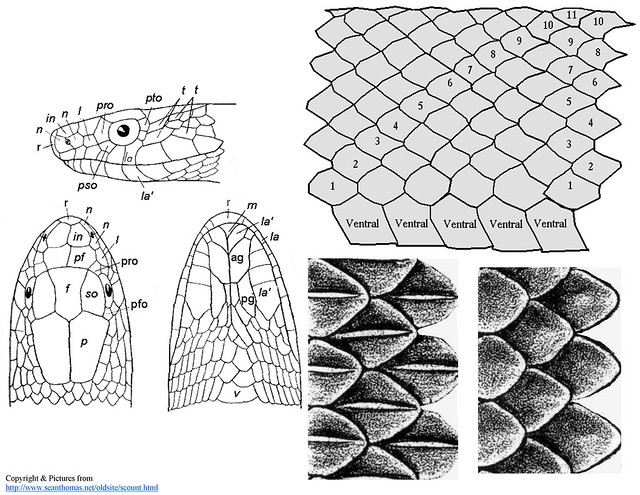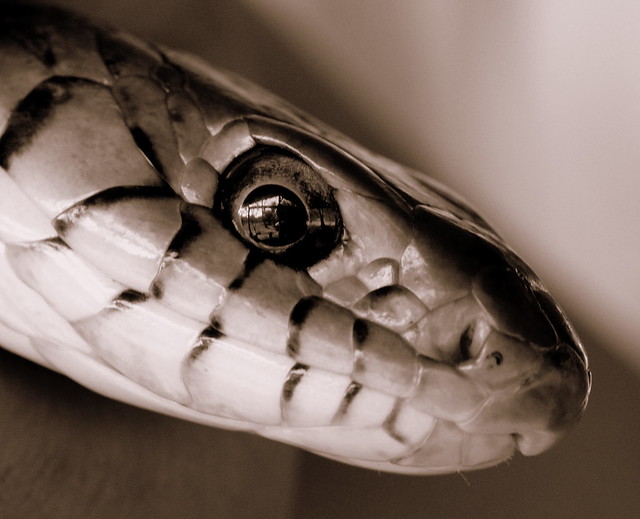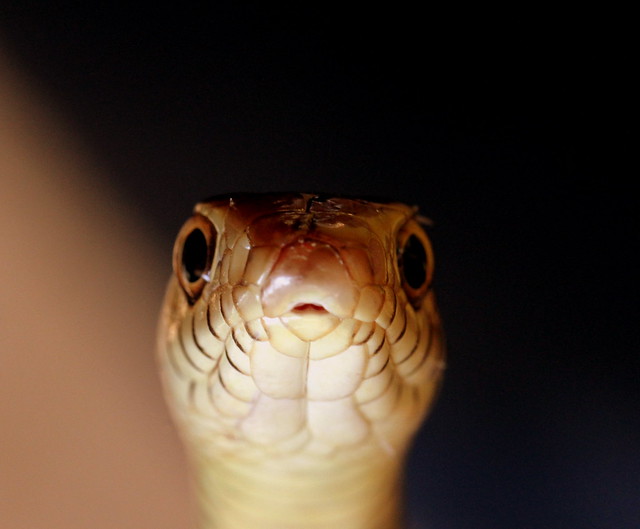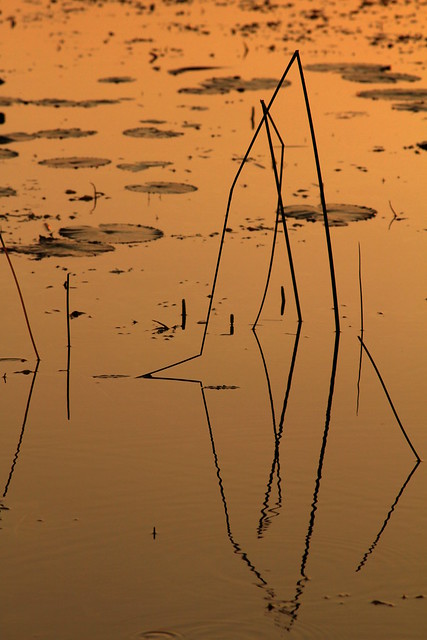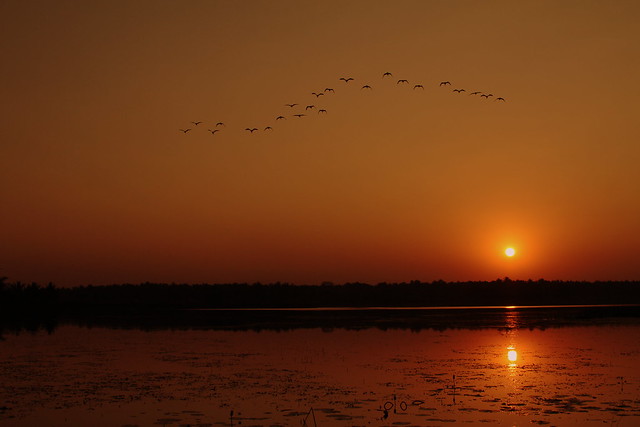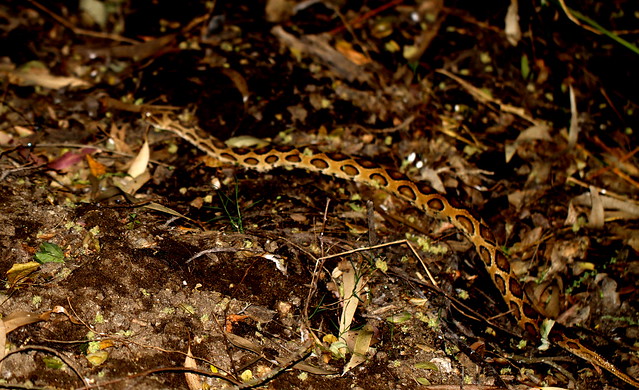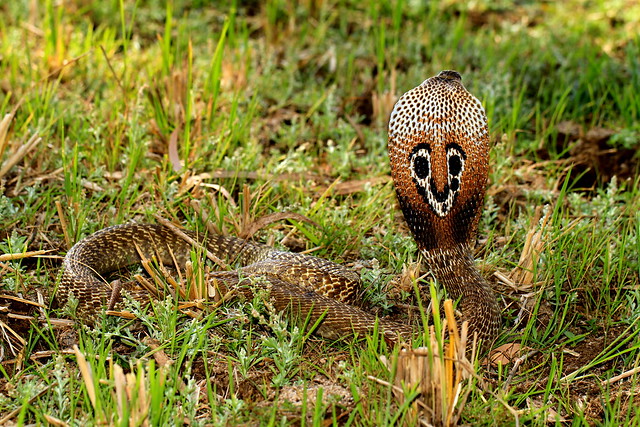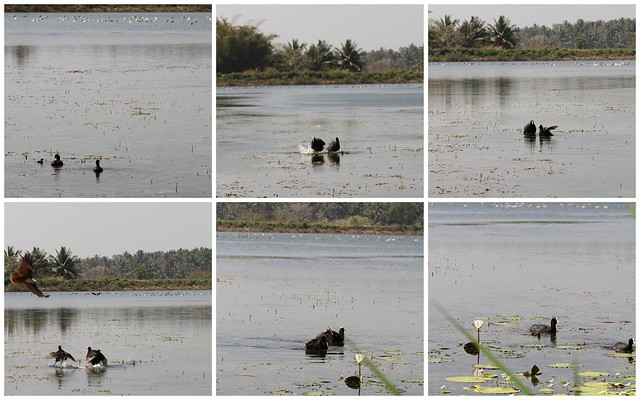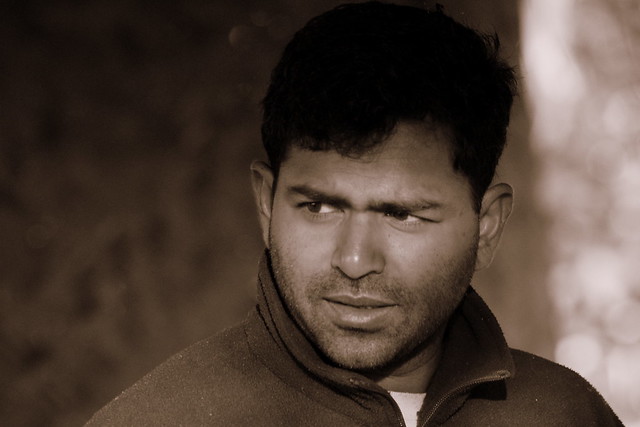Tweet
View only the pictures & videos (The article only has a snapshot of the entire set of pictures. The full collection is available in the slideshow.)
Let’s start with a test, prepare yourself mentally to think of nothing else but the test that is to come. What are the first five things that come to your mind when you think of a snake? You have 5 seconds, 5.4.3.2.1.0 time’s up. Well the most common five thoughts are
a) Poisonous / Venomous
b) Safety / Life Threatening
c) Slimy / Dangerous
d) Kill it / Search for a stick
e) Hatred and Fear
By the way there is a big difference between Poison & Venom, poison works when ingested and venom works when injected.
Well most of these common thoughts are hard wired in every one's brain because of stories, myths and scary movies that one has heard, seen and carried across generations.
Well the five thoughts that don’t come to us are
a) Not all snakes are Venomous. In fact India has just a few varieties of venomous snakes. The Cobra (King and Spectacled), the Common Krait, the Russels Viper and the Saw Scaled Viper are known as the big four. Common Krait is one of the deadliest Indian snakes. It is known to be 15 times more venomous than the cobra. There are a large number of non venomous snakes such as rat snakes, keelbacks, and vine snakes.
b) As Gerry Martin points out there is no snake that is really aggressive. They are just moderately defensive or very defensive and their defense mechanism is to bite, attack or hiss to chase you away. In fact if you watch the documentary by Rom Whitaker ‘One Million Bites’ he shows the Cobra which bites or tries to bite a person but does not even try injecting venom in the first try. It just hisses and springs forward to scare the person / attacker / intruder away. Gowri Shankar from the Agumbe Rainforest Research Center who heads the King Cobra research program once said that King Cobras are such intelligent snakes that when they know that it is a human they attack by a dry bite or mock bite and don’t even waste their venom as they know that humans of that size are just not their prey and they could use their venom better. Hmm..resource management.
c) They are a very important link in our ecosystem saving crops from rodents, saving us from disease outbreaks (via rodent control) and some snakes are known to devour the mosquito larvae’s found in water.
d) If you let it go, most probably it will move out of your way and go into its ecosystem.
e) We are continuously intruding into its space in terms of habitat destruction and yet we expect them to disappear magically away from us. We must learn to co-exist.
For the last two years I have been having this peculiar interest to see a lot of snakes and photograph them but never thought of the aspect of handling snakes. This lead me to see a decent number of snakes in the last 8 months: 2 rat snakes in JP Nagar, a 6 feet snake couldn’t identify it as a cobra or a rat snake, then the vine snake, worm snake (Leptotyphlops) at Agumbe when Amogavarsha had lead us on a rainforest photography expedition.
I had been tracking Gerry Martin’s blog with an intent to enroll for the next herpetology workshop, having missed a couple of them earlier. January 2011 came and up came a posting online that the herpetology workshop was scheduled during Feb 2011 4th - 6th. I instantly enrolled and was waiting eagerly for D day.
Kits packed, batteries charged, the mind open to take in tons of experiences. We car pooled to Hunsur. We stopped for breakfast, coffee and in less than 4 hours we were at Gerry Martin’s farm. A nice lush green farm sharing the boundary with the banks of a super sexy lake-Devikere. The farm has lots of rabbits, turkey, hens, guinea pigs, cows, dogs, ducks etc. We were about 12+ participants and our ages varied in the range from 12 - 28. We were given a short briefing session and then we left for our luxury suites. Yup loved the suites nice elevated open sided shacks under the coconut trees, sometimes the bare basic comforts are more luxurious than the overrated star hotels. There were like 4 dorms one for the guys, one for the ladies and one was taken by Gerry, Soham and Suresh, and yes one was empty. Gerry Martin really doesn’t need an intro to the audience reading this article (http://www.gerrymartin.in/ ) Soham is the other professional naturalist who specializes in Herpetology and Reptile Knowledge Enrichment Program (yes he taught crocs - http://wildinfo.blogspot.com/ ) and Suresh is a proud member from the Irula Tribe, the tribe which has specialized in tracking (killing them before the ban on killing snakes) snakes generation after generation.
A Black Bumble Bee
We gathered at the dining cum conference area where we discussed few techniques of area survey like the Visual Search and the Refuge Search. We decided to use both kinds of search and we proceeded towards the mango trees section where there were enough dried leaves which would aid us if there were any movements. We used the Kestrel Equipment to record air temperature, wind speed and humidity before the search and also recorded all the above whenever we found an insect, snake etc. We spread out and each one with our survey sheets started hovering, wandering about. I was particularly interested in a couple of butterflies and damselflies and set out chasing them for a shot; in fact a particular yellow damselfly tested my patience and my flexibility to shoot him.
The Damselfly who tested my agility
Common Wanderer Butterfly
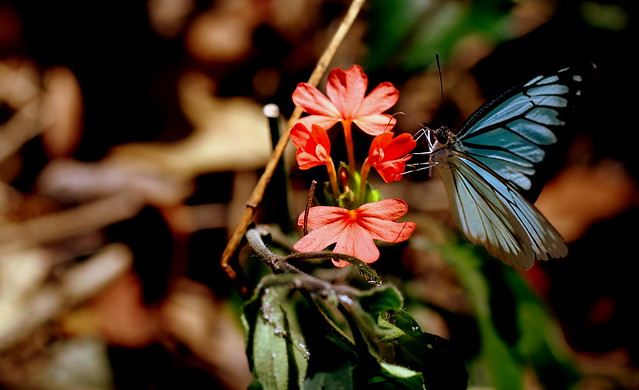
We then saw a few hoppers, a worm snake, a garden lizard, few geckos and then a magical sight - a tree cricket shedding skin and just moving out of its old skin. It was hanging on to its old skin wondering whether to let go of the coat that served it well.
Tree Cricket Shedding
Gerry and Soham were educating all of us and especially the younger participants on several aspects of insect tracking, wild protocols etc. Suresh was intent on searching and getting his hands on a snake. He used his well tuned instincts to dig and search but a snake just eluded us in the morning. We went back to our dug out and started sharing notes and tales. Lunch was served and wow I fell in love with the dishes, lots of veggie dishes, lots of meat - chicken and my favorite pork. Attacked the meal with great gusto after all the stretching that the small insects had subjected me to. Suddenly Suresh comes running to say that he might have a positive lead, we proceed to a termite hill and we see newly shed snake skin, Gerry examines it and says it is a cobra’s skin and the snake could be 3-4 years old. Suresh starts digging in a very organized, planned manner and he enters the private quarters of the termites. Inside the mount we see more bits of snake skin. After about 20 excited minutes the operation was a failure.The snake has shed its skin and narrowly escaped from us. We all walk back sad but with an extra vengeance to track them soon.
Snake Skin
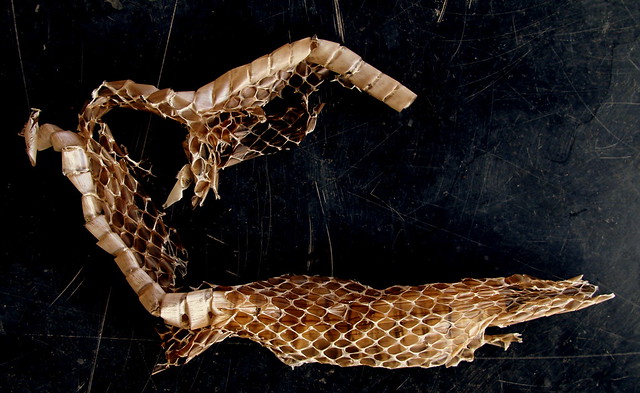
Late afternoon we decide to continue our survey on the other side of the farm starting from the lake side to the interiors of the farm. We see a Brahminy Skink, few insects and we kept watching the bar headed geese which are migratory birds and have settled on the lake. We kept walking and Suresh starts digging up a place which looks as normal as a normal place. After 15 minutes of persistent digging he proudly declares that there is a fellow inside. He uses his instincts, few techniques such as the extent of the mud being rolled by the cylindrical body of the snake, etc. He pulled out a rat snake, a rather slender handsome fellow who was about 4 feet long. He was holding the snake and trying to soothe its nerves as a minute before it was in its burrow deep inside and now was in a human’s hand. After soothing the snake we took turns handling the snake and holding him, me being a first timer had a few anxious minutes before calming down. There were several younger people (kids if I may say) in the group who loved to hold the snake like a common man would pet a teddy bear or a Pomeranian dog. It was heartening to see young children drive away generation old myths and move ahead to learn and conserve wildlife. Gerry didn’t want to tax the snake for a very long time and he bagged him soon after.
Rat Snake scanning the environment
We then returned back and had our evening Tiffin, more snacks yummy to be specific and then we were on our own for the next few hours. I decided I would spend it in solitude by the lakeside watching the sun go down, the birds fly past and just day dream. I loved it, I was sitting by the lake for about 45 minutes with my camera and literally saw the sun turn different shades, saw various birds flying back home. These pictures would complete the story.
Bird Traffic
By the Reeds
Life by the Lake Side
By 6ish after a shower we were back in our dug out and we had a 1 - 1.5 hour session by Soham on Snake Taxonomy. We were surprised to see the scientific side of the herpetology. We learned about the different kinds of snake scales, about how one identifies the species via a combination of its colors, patterns, scale counts and the arrangement & number of scales on the snake. There was a bit of interesting mathematics X:Y:Z axis to the scale count.
Snake Taxonomy
Then we had a presentation of why this is important and I was surprised to see there are loads of snakes which are almost similar looking and can be only differentiated via taxonomy.
Dinner was served at around 9, a completely new menu and was really nice and homely. We then took our torches and started getting ready for the night survey....
We started the walk and went searching for the checkered keelback and usually on a normal night one spots at least 5-6 of them, but to our bad luck we spotted none. Disappointed we ventured further into the fields and we saw few shrews, field mice (sundalli) and few skinks. We started walking back with a rather heavy heart and Gerry was leading the walk followed by Tavvoz and behind him was me. Tavvoz suddenly jumped off the ground and pointed to something slithering in the field a few feet from him. It was the majestic Russels Viper, whoa what a catch.
Gerry immediately took charge and cordoned off the area and called for the snake bag and his stick. The snake had coiled by then and was watching with great intent to check if someone would dare mess with it. Gerry in less than 15 seconds put the snake into the bag and coiled the bag shut. He was explaining later that with such express fast venomous snakes the lesser time you handle the snake the safer you are.
We walked back with the best rescue of the day.
Night came and after having slept for less than 2 hours the previous night I fell asleep in my suite to the whistling sound of the coconut leaves and the chill air-conditioned air that nature had to provide. You would have to believe it when I say we even had our own night lamp, the moon light streaking through the canopy cover.
Day 2
Taavoz and Maria the two young experienced naturalists had woken up at 5:00 and had left with Gerry to get few rescued snakes from Mysore which were to be analyzed, studied, few parameters recorded and then relocated to suitable locations.
We all had a quick shower and were up and ready by 7.00. I went for an hour of birding and the lack of zoom lens proved a worry. Came back and devoured yummy poori’s and were all set for the analysis and study of few snakes before they were relocated. We started off with the Rat Snakes, we handled one of the largest of the snakes we had. We started filling up the Snake Morphometric and Scalation Data Sheet. We had to fill details like date of capture, time, place, tail length, total length, weight, sex, scale rows, anal scale, scales keeled, pupil and the head scale details.
The sex is determined by inserting an instrument into the anal section. This was done by Soham and Gerry. We went ahead and recorded all the above details. Occasionally the snake would really want to get back but at other times it was really happy to be with us..ever heard of pet snakes :P. After about 1-2 hours of this study, we started exploring the micro habitat in and around the farm to release these snakes. Gerry burst the bubble for many of us when he said most of the rescued / relocated snakes don’t survive. They are well adapted to the location they were in and when let out in new places they are almost incapable of most common activities and they either fall prey or die. But the good aspect in this particular rescue and relocation was that there were a few young snakes which meant they could easily re-adapt at least better than the oldies. Gerry also advised that this is exactly why we must not instantly relocate a snake from residential areas. Most of the times if you give it some time it will vanish from your sight into its ecosystem. Then most of us released them and were amazed with the speed they went away and the way they swam across the lake / small pools to go as far away from us as they could. They are superb swimmers.
We also released a Checkered Keelback close to the lake, the place that it loves.
Having bid farewell to our wild friends we staggered back with a lonely feeling but knowing they are away where they belong.
Viewing the world around
Just Love the Innocent Look
Rat Snake Slithering Away After Release
Another superb lunch beckoned us, more poultry and beef called out to us and many were dismayed that the local turkey wasn’t on the table; many had a grudge with the attention seeking turkey that would come near everyone and start screaming in its shrill voice. It loved attention from all of us.
We had a nice mid day siesta and were back at 3:00 sharp with long pants and shoes; we were scheduled to have a meeting with the Naja Naja. Having never seen the spectacled cobra up close, I was all but excited. Gerry showed us how to treat the cobra and relocate it. We practiced the pipe - hole method where we carry the snake with the stick and by its tail and guide it to the pipe with leads to the dark insides of the snake bag. I was superbly scared and at the same time amazed by one particular cobra which was extremely defensive, he was continuously hissing and trying to mock a bite. These were to be relocated at a more suitable place the next day as too many snakes relocated at the same place would lead to major imbalances in the existing ecosystem.
Naja Naja
Evening came and like the previous day I spend about 40 minutes sitting on the banks of the lake watching the sun go down and the birds fly past. I just love sitting there doing nothing and staring blankly.
Patterns
End of a Day's Work
Late evening we watched the awesome documentary called ‘One Million Bites’. Rom Whitaker doing a huge study of the way the snakes strike people in an indoor setup with a super advanced camera which shoots at 7000 fps - frames per second...whoa. Also he travels far and wide across India collecting venom samples from various species in an attempt to check if his labs can succeed in creating a universal synthetic anti-venom - a noble path breaking effort indeed. The snake bite distribution was roughly calculated to be 50% Russels Viper
30% Cobra, remaining Vipers, Kraits. During the movie none of us moved an inch nor even did we breathe hard; the movie was so very captivating.
Another fulfilling meal and we were off for the night survey and we had to release the Russels Viper somewhere close to the place we had found him. The night survey proved as a good exercise before sleep, we met a few shrews, few mice. Gerry released the Russels Viper and we saw him slither away into a dense vegetation area after which we lost him. We walked back and slowly retired to sleep. Despite the luxury suite and the nature’s comforts I couldn’t sleep for a long time, anything that stirred or a fly that sat on me reminded me of the snakes and I would get up.
The Russels Viper Release (note the lovely skin pattern)
Day 3
We started by 6:30 and we trained on the aspects of using the snake bagger, the art of holding it, helping the snake get in and then twirl it and close it.
After chow chow bath, yup that was the dish for breakfast, I tried my hand at Gerry’s zoom lens the Sigma lens, and it was a pretty neat lens given the price. We bid a good farewell to Gerry who had to return early to Bangalore. We then played few games like Bulldog, Dog and the Bone. I was good at both games, relived my childhood days for a little while. Then we shot few pictures of the Cobra which was getting ready for a release. The people at the farm called out for us saying there is a snake close to the washroom and our group rushed there and one of the participants checked and verified it was a checkered keelback and it was rescued and relocated. After few hours of lazing, discussing and sharing few photography tricks we decided to shut shop and packed our bags. Had lunch, bid farewell to Soham and the other participants and we returned to Bangalore in the car with Neeraj.
The Spectacled Cobra With its Head High
The Spectacled Cobra a.k.a Naja Naja
Checkered Keelback
Back home felt terrible to be away from the natural setting of a farm and away from the snakes, guess it will take a couple of days and the Bangalore traffic to make me get over the happy hangover.
Three interesting wildlife incidents that we saw / experienced,
1) Brahminy Kite being mobbed by Common Crows - I kept seeing a Brahminy kite being mobbed by 1 - 2 crows, they were continuously pecking and attacking the kite, disturbing it from settling down for a hunt. Don’t understand if the mobbing behavior was due to the crows nesting area or if the crow was aiming for the kites nest / young ones.
Brahminy Kite Mobbed By Common Crows
2) There was a happy coot family near the reeds in one corner of the lake - a father, mother and two young beautiful children. And when we have these we surely need a villain, the white majestic brahminy kite who was hungry and looking for some fast food. To the coots misfortune there were stuck in one corner of the lake where the reeds were at the lowest concentration and the sun would come out strongly in that direction.So they were being forced to go to the larger concentration of reeds. The white brahminy kite came swooping down attacking the coots, after about 6-8 minutes of intense war the fight was worth it. It griped a baby coot in a superb low flight attack and scoop. Poor parents fought valiantly but barely had a chance. After 30 minutes the small meal wasn’t enough and the kite came back again for the next baby. This time the coots decided enough was enough and gave it all it had. They tried protecting the baby under the wings and kept fighting with the kite which was swooping down. The coots screamed in a shrill note and flapped their wings and rise and attack the kite when it was in close distance during its swoop. Finally after 15 minutes the kite gave up and went back. At the end of the day it looks like the law of averages had worked, one baby coot given one baby coot saved. Hope among despair, the cycle and the pyramid of the wildlife ecosystem must go one irrespective of any one's feelings.
Attack of the Coots by the Brahminy Kite
3) A young participant told me to lick the butt / backside of the these red ants, while I was skeptical I wanted to try it. Picked one up tenderly and tasted the backside and it had a strong citrus taste. Try it!
And yes before I end I wanted to share the protocols of Snakebite Management.
Snake Bite Protocols
Of course I didn’t pen these down on my own, due credit must go to Gerry and his foundation and to Gowri Shankar from ARRS from whom I have learnt few aspects and sharing their advice as well.
Do remember snakes bite out of fear and in defense not out of choice. Studies show that most of the snake bite victims have troubled the snake or provoked it.
Type
There are two basic types of snake venom:
> Neurotoxic, which affects the nerves (venom of cobras and kraits).
> Haemotoxic, which affects blood, blood vessels and tissue (that of vipers).
General Symptoms
Fang Marks, Discoloration, Skin peeling off, Bleeding from the gums and wound, Drooping eyelids, Difficulty in speaking and breathing, Drowsiness.
Things NOT to do:
> Never try to suck out the venom
> Never make an incision
> Never go to traditional healers or try home remedies
> Never tie tourniquets or use ice
> Never clean out or tamper with the site of the bite
> Never try and catch the snake or kill it
> Don’t give sedatives to calm the patient
> Don’t let the patient run or get excited
> Don’t feed the victim food as there is a possibility of choking
Things to DO:
> Make sure the victim and others are at a safe distance from the snake and try to memorize its appearance
> Or even better try to take a photograph of the snake with your mobile camera (only if it is safe to take a photograph)
> Stay calm and in control, take charge of the situation and reassure the victim
> Remove watches, rings, bangles and anything else that could add to pressure or be constrictive if the area swells up
> Get to hospital as soon as possible
> Note the time of the bite and the progression of any symptoms
> Give the doctor a detailed description of the bite, the snake and its symptoms
> Anti snake venom serum is the only proven cure for venomous snakebite
As I learnt from Gerry’s workshop that about 50,000 people die of snake bite in India each year. Snake bite has been only recently categorized as a neglected disease. People who escape death might suffer from loss of limbs or life functions.
Snake Bite Prevention
> Prevention is better than cure
> Wear long pants and shoes while in the garden or amidst thick vegetation
> Take care while clearing dry leaves or clear areas in the field
> Use a torch at night
> Ensure solid waste is managed well in your garden
As Capt. Suresh, Gerry would say don’t be macho, if you see a snake do nothing let it go. Snake bite is painful, expensive and risky and yes it is NOT AT ALL COOL!
Thank You Gerry Martin for the great experience.
Snakes Set
Hunsur Set
Video of Devikere Lake
Links, Reference & Credit
http://thegerrymartinproject.blogspot.com/
http://www.gerrymartin.in/
http://pogirigowrishankar.wordpress.com/2010/11/02/snakes-snake-bites-first-aid/
http://captsuresh.com/topics/snakes/snake-photography-nature/learn-basics
Till the next trip report, signing off!
~Monish Matthias
Tweet
© Monish Matthias. All rights reserved | monish.matthias@gmail.com | +91 9900111553 | RSS Feed | Guest Book | Flash Website | FaceBook | Tweets

